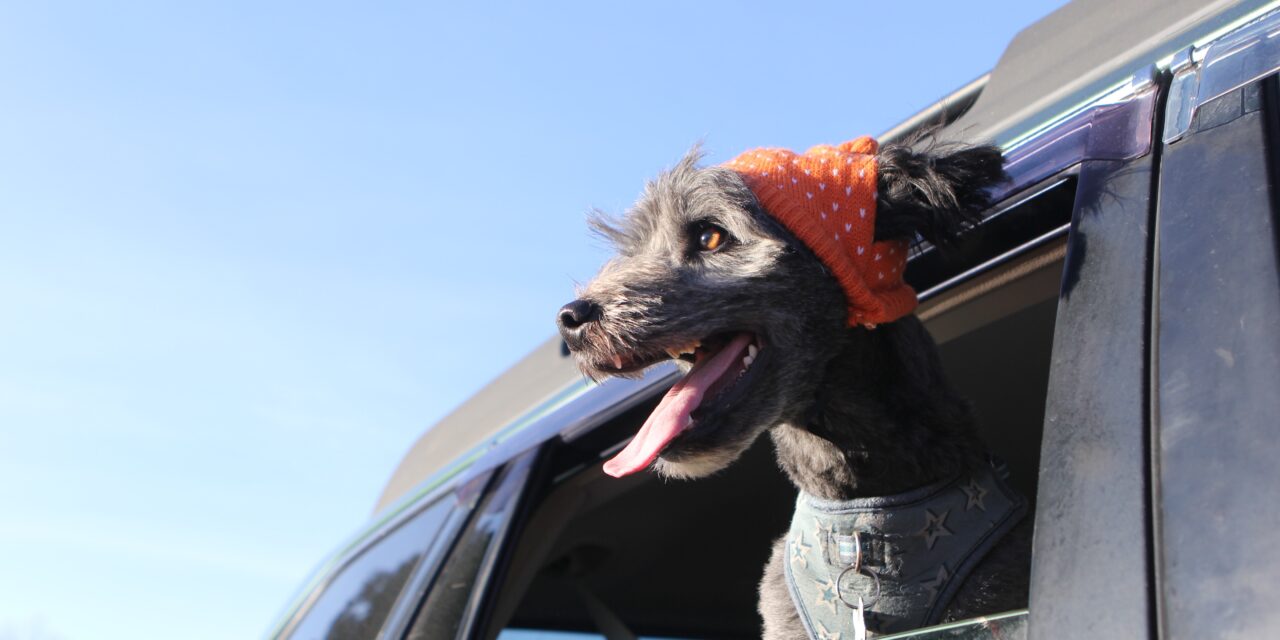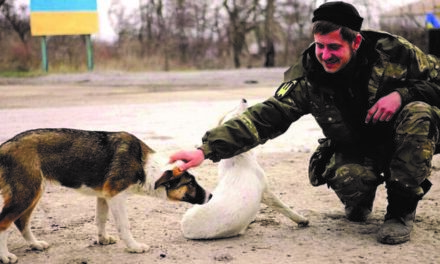The Dangers of Dogs Sticking Their Heads Out of Car Windows: Protecting Their Eyes on the Road
For many pet owners, the image of a happy dog with its head out of a car window is a common and endearing sight. While it may seem like a harmless and joyful experience for our furry companions, there are hidden dangers associated with this behaviour, particularly concerning their eyes.
- Debris in the Air:
One of the primary concerns associated with allowing dogs to stick their heads out of car windows is the risk of debris in the air. As vehicles move, they create wind currents that can pick up dust, dirt, small rocks, and other particles. When a dog’s head is exposed to these elements, their eyes become vulnerable to injury. The impact of even small debris can lead to scratches, irritation, and, in severe cases, damage to the cornea.
- Foreign Objects and Insects:

The Dangers of Dogs Sticking Their Heads Out of Car Windows. Photo: Ja San MiguelMorris/Unsplash.com
Apart from natural debris, there is also a risk of encountering foreign objects and insects while travelling. Flying insects, such as bees or even tiny pebbles kicked up by passing vehicles, can collide with a dog’s eyes. The eyes are delicate and sensitive organs, and any foreign object entering them can cause pain, discomfort, and potential long-term damage.
- Wind Speed and Eye Dryness:
When a dog sticks its head out of a car window, it is exposed to high-speed winds. While this may seem exhilarating for the dog, prolonged exposure can lead to dry eyes. The constant flow of air can cause the eyes to lose moisture, leading to irritation, redness, and, in extreme cases, more serious eye conditions. Just as humans may experience discomfort in windy conditions, dogs are also susceptible to the negative effects of prolonged exposure to air currents.
- Ear and Head Injuries:
Beyond the eyes, allowing a dog to stick its head out of a car window poses risks to its ears and head. In some situations, low-hanging branches, road signs, or other obstacles may come into contact with the dog’s head, potentially causing injuries. Additionally, sudden stops or turns can result in the dog losing balance and sustaining injuries to its head or neck.
To ensure the safety and health of our canine companions, it’s advisable to keep car windows closed or use pet-specific safety restraints, such as travel crates or harnesses, when traveling with them in a vehicle. It’s important to train your dog in a gradual, positive way to happily accept being inside a crate or using a harness for the car. By being mindful of these potential dangers, pet owners can contribute to creating a safer and more enjoyable travel experience for their beloved dogs.







